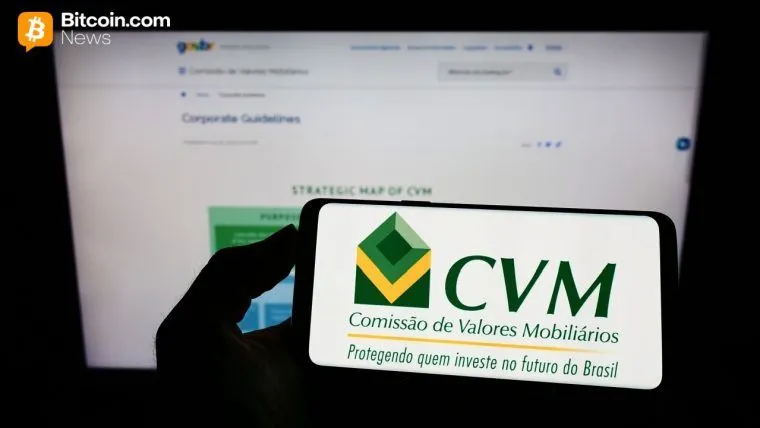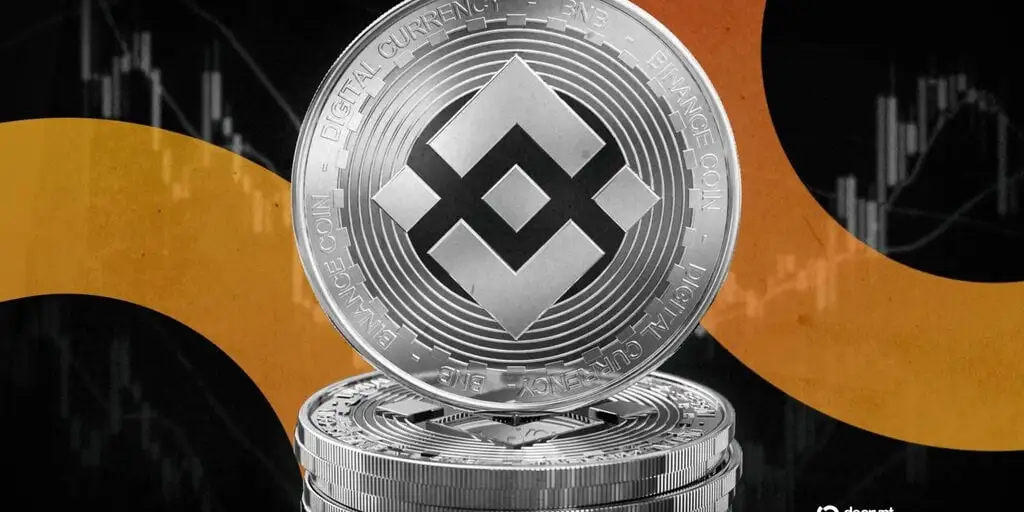In the past two years, stablecoins have gradually shifted from being marginalized digital currency tools to becoming the focus of global financial markets. As the policy stance of major economies turns pragmatic, the stablecoin ecosystem is at a critical stage of transitioning from "technical experimentation" to "institutional construction."
In Europe, the EU's Markets in Crypto-Assets Regulation (MiCA) has officially been implemented, providing a clear compliance framework for stablecoins anchored to fiat currencies. This policy requires issuers to have sufficient reserves, transparently disclose asset structures, and meet risk management and auditing standards comparable to traditional financial institutions. The industry generally believes that this initiative will serve as a template for global regulation, providing a reference path for other regions.
In the United States, stablecoin regulation has become a policy focus. Congress and financial regulatory agencies are discussing issues related to issuing entities, reserve asset management, and consumer protection, with some bills already in the review stage. Although there are differing opinions among political forces regarding the intensity of regulation, the market generally expects that future stablecoin issuance will be incorporated into the existing financial regulatory framework. This trend requires major issuing institutions to maintain a balance between compliance structures and market expansion.
On the market level, the use cases for stablecoins are expanding. In addition to serving as a "value anchor" in crypto trading, an increasing number of cross-border payments, settlements, and on-chain financial activities are beginning to use stablecoins as intermediary assets. Several fintech companies are testing the use of stablecoins for instant cross-border transfers to reduce settlement delays and fees associated with traditional banking systems. This indicates that stablecoins are transitioning from "investment auxiliary tools" to "financial infrastructure."
The process of institutionalization is also accelerating. Some large financial institutions, payment companies, and custodial banks are beginning to explore issuing stablecoins independently or collaborating with existing issuers to promote their operation within a compliance framework. Meanwhile, some stablecoin issuers are proactively applying for financial licenses and placing reserve assets in regulated banking systems to enhance trust among investors and regulatory bodies.
Transparency has become the core competitive advantage of the industry. There are significant differences in reserve auditing, information disclosure, and risk management practices among different issuers, leading to increasing calls for standardized audits. Mainstream stablecoin issuers are beginning to engage independent accounting firms to regularly review reserve asset structures and publicly disclose report contents. The enhancement of transparency not only helps strengthen market trust but is also seen as an important prerequisite for attracting institutional funds.
However, challenges still exist. First, the issue of regulatory fragmentation has not been resolved. Differences among countries in defining stablecoins, reserve requirements, and tax treatment make cross-border compliance a high-cost issue. Second, some stablecoin projects still face technical and operational risks, with recent systemic failure events reminding the industry to strengthen contract auditing and emergency mechanisms. Additionally, rising compliance costs may lead to smaller issuers being pushed out of the market, further increasing industry concentration.
In the future, competition among stablecoins will not be limited to the technical level but will extend to compliance capabilities, reserve transparency, and the depth of institutional collaboration. Stablecoins with auditing mechanisms, fiat currency support, and regulatory endorsement are expected to become the preferred tools for payments, settlements, and on-chain clearing. Conversely, stablecoins supported by algorithmic mechanisms or high-risk assets that fail to meet regulatory and transparency requirements may gradually become marginalized.
Overall, stablecoins are undergoing a structural transformation: from being core tools in the crypto ecosystem to becoming digital settlement infrastructure in the mainstream financial system. The institutionalization of regulation, the level of institutional participation, and the security of technology will determine whether they can become a long-term pillar in the global digital financial system.
Conclusion: The development of the stablecoin ecosystem has transitioned from conceptual innovation to a phase of real competition. In the coming years, the core competitiveness in this field will stem from "trust" rather than "speed." Transparent, compliant, and robust stablecoin issuance models may become a key bridge connecting traditional finance and the blockchain world.
Related: Grayscale launches Solana (SOL) ETF, competing with Bitwise in the staking ETF market.
Original: “Stablecoin Regulation Accelerates, Global Finance Embraces Digital Currency”
免责声明:本文章仅代表作者个人观点,不代表本平台的立场和观点。本文章仅供信息分享,不构成对任何人的任何投资建议。用户与作者之间的任何争议,与本平台无关。如网页中刊载的文章或图片涉及侵权,请提供相关的权利证明和身份证明发送邮件到support@aicoin.com,本平台相关工作人员将会进行核查。




